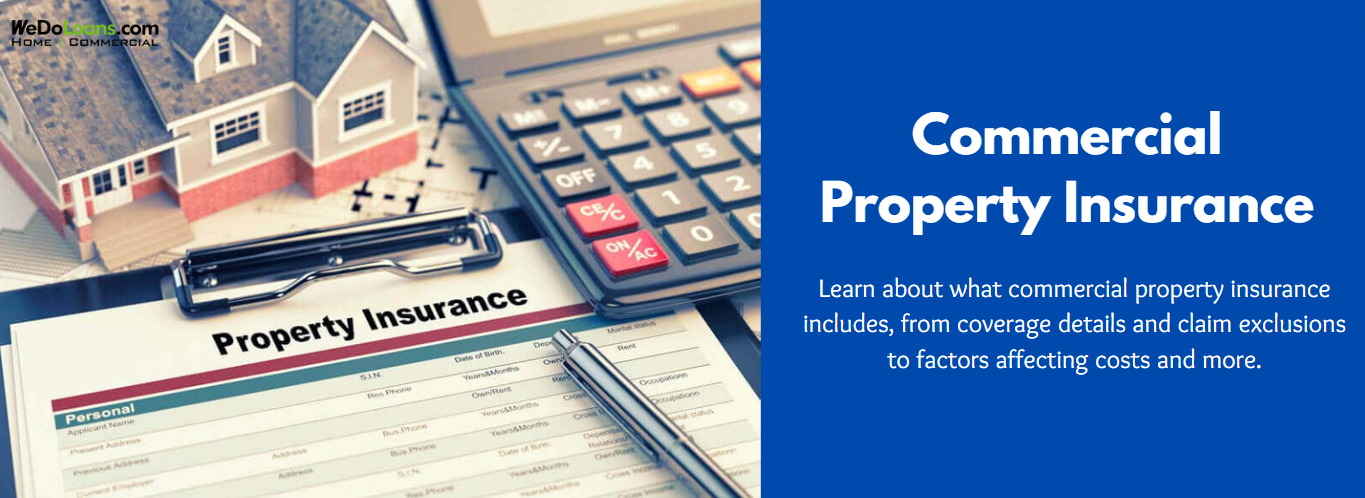
Investing in commercial property is a substantial commitment, and even the most carefully managed properties can experience damage. Commercial insurance is a critical safeguard, yet many property owners are unfamiliar with the full extent of their coverage and how to maximize its benefits.
Understanding Commercial Property Insurance
Commercial property insurance functions similarly to other types of insurance policies, offering financial protection for property owners in the event of covered risks like fires. Both property owners and tenants should evaluate the advantages of this insurance, as it can provide valuable protection.
These insurance policies cover physical assets against accidental damage from unavoidable events such as vandalism, fire, theft, or wind. However, standard policies may not include coverage for floods or earthquakes, although such protections can be added. When selecting coverage, property owners should consider:
- The type of property
- How the property is used
- Structural details and features
- Potential risks
- The cost to rebuild or replace the property
- Physical structures on the property, from signage to storage units
Types of Commercial Property Insurance
Commercial property insurance should be tailored to the specific needs of the property owner and the risks associated with the property. Basic coverage includes:
- Building Insurance: Covers the structure, permanently installed equipment, and any additions.
- Business Personal Property Insurance: Protects assets essential to business operations, such as machinery, electronics, and furniture.
Additional policies can be added, such as:
- Flood insurance
- Earthquake insurance
- Business income protection
- Equipment breakdown insurance
These policies can be further customized based on the specific type of property, such as marine property versus an apartment complex.
What Does Commercial Property Insurance Typically Cover?
Coverage depends on the specific policy but often includes protection against losses due to:
- Fires
- Lightning
- Hail
- Theft
- Vandalism
- Vehicle damage
- Civil unrest
- Smoke damage
- Falling objects
What Isn’t Covered?
Some policies exclude specific events, while others only cover certain risks explicitly stated in the policy. Common exclusions include:
- Floods
- Intentional damage
- Acts of war
- Terrorism
- Normal wear and tear
These exclusions usually apply to risks that are preventable or avoidable. For example, intentional damage is never covered.
How Much Does Commercial Property Insurance Cost?
The cost of a commercial property insurance policy depends on multiple factors, such as:
- Property type: High-risk properties like bars may be more expensive to insure than low-risk ones like office spaces.
- Structure design and costs: Insurance costs are often based on the expense of rebuilding and the potential income loss.
- Occupancy: Properties occupied by the owner may cost less to insure than leased properties.
- Safety features: Security systems, fire-safe materials, and other enhancements can lower insurance costs.
- Location: Properties in high-risk areas for theft or vandalism typically incur higher insurance premiums.
How Do Insurers Calculate the Value of a Damaged Property?
Insurance companies assess the value of a damaged property by evaluating:
- Estimated repair or replacement costs
- Policy limits and deductibles
- Coinsurance
- The property’s cash value or replacement cost at the time of loss
There’s often a difference between actual cash value and replacement cost coverage. Actual cash value accounts for depreciation, while replacement cost coverage pays for a similar new item.
Choosing the Best Insurance for Your Commercial Property
The right insurance policy should be customized to meet your property’s specific needs. Working with an agent who understands your business and can provide tailored advice is key to finding appropriate coverage.
Conclusion
Commercial property insurance is essential for protecting significant investments. Customized policies can help property owners recover from unexpected losses without financial strain.
